03 6268 5397
There are over 4000 species of spiders in Australia, with Tasmania having no less than 260.
Spiders are a common pest in Tasmanian households. Often found in dark damp areas and cracks and crevices. Our technicians are experienced in identifying problematic areas and applying techniques designed to target and provide continual protection from spiders!
There are many factors that may contribute to the spider population on your property, you may have an abundance of openings that let spiders in from outside, doors or screens that don’t fit tightly, vents that aren’t screened. An accumulation of clutter inside and out, can also contribute, as they look for somewhere to shelter. Spiders will move in because outside conditions get too dry or too wet or too cold, or because they have found a food source inside your home. Spiders can get in through small cracks, gaps, and holes in walls, windows, and doors.
Identification: Female 12-15mm & Male 3-4mm- black with distinctive red or orange marking on its back (although may be absent).
Habitat: Often found in dry, untouched areas such as under eaves, among rocks, sheds, rubbish piles and creates an unattractive sticky web.
Redback spiders typically hunt on insects, but if a larger animal gets caught in the web, it can be captured, including male trapdoor spiders, king crickets, and tiny lizards. Prey theft is another frequent occurrence, with huge females snatching stored food from other spiders’ webs.
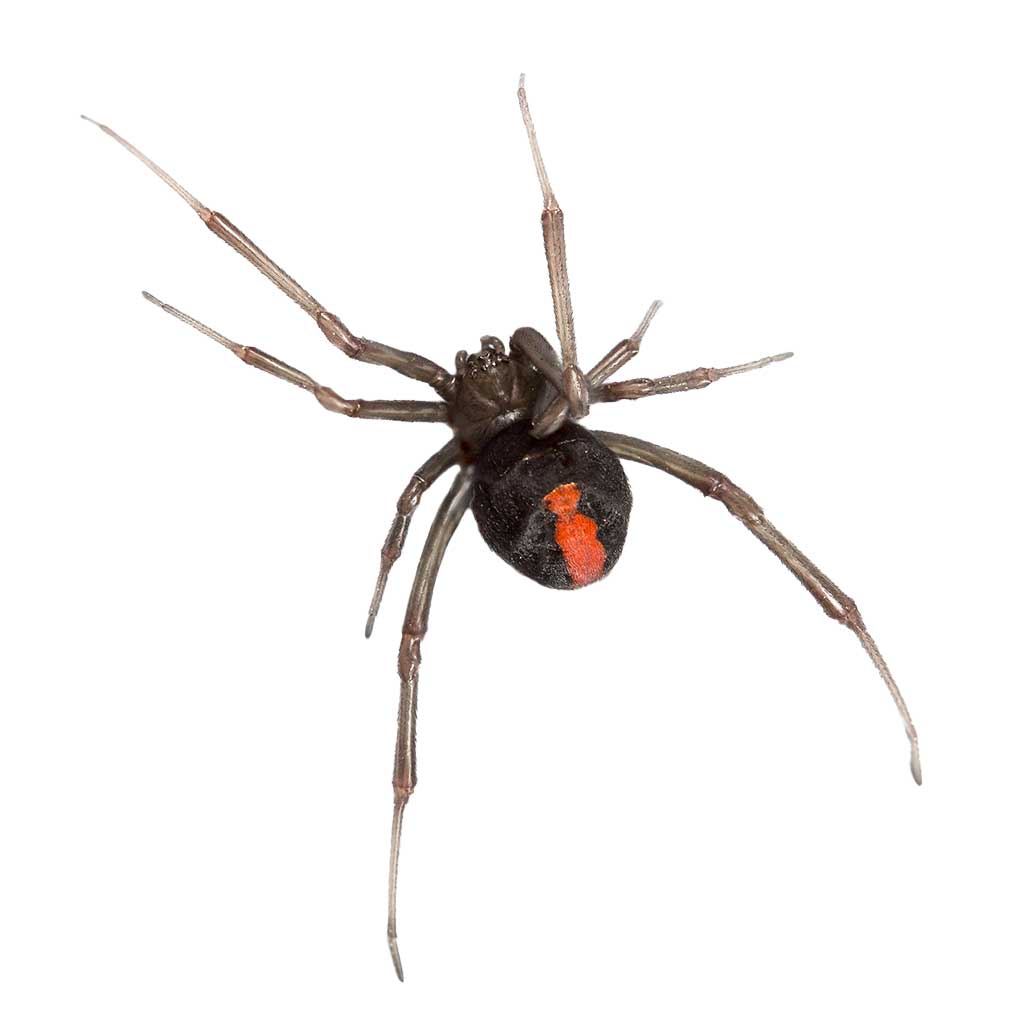
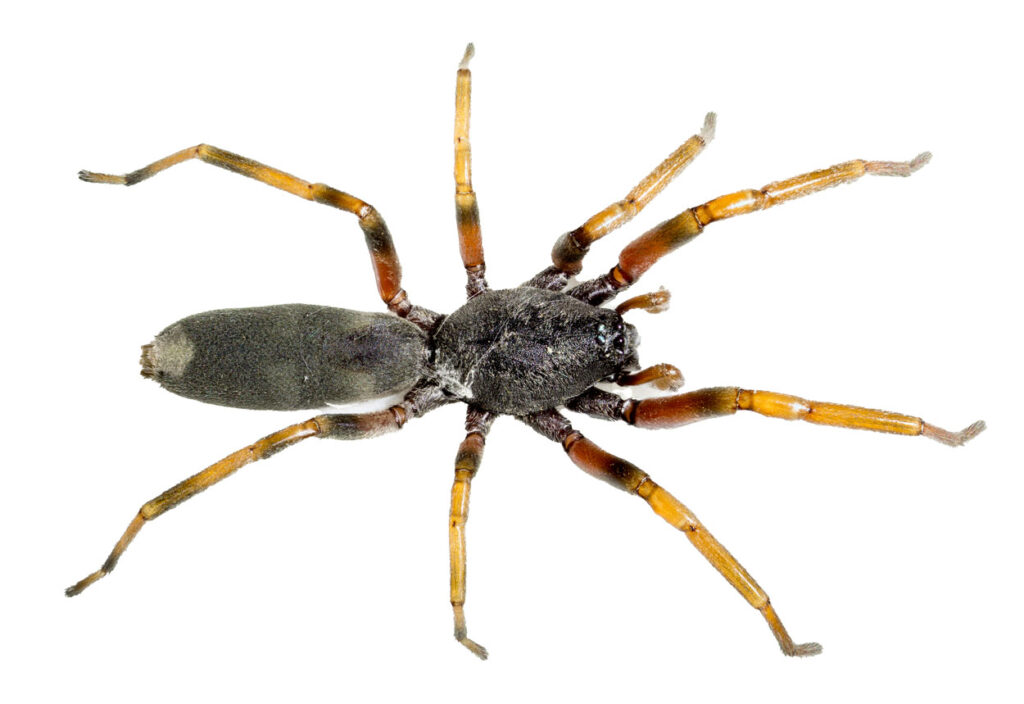
Identification: Female 12-15mm & Male 5-8mm- Grey to black with a white mark on the end of the abdomen.
Habitat: White-tail spiders are nocturnal predators who like to prey at night, they enjoy hiding in gardens, tight corners inside of dwellings, and under bark, rocks, and plant litter.
The main food sources for carnivorous white-tailed spiders are other spiders and insects. White-tailed spiders are frequently thought of being timid and passive. They normally avoid interacting with people and only bite when threatened or cornered.
Identification: Female 20-25mm & Male 15-20mm- their body colours are typically drab, with most having variegated patterns in brown and grey, yellow, black, and white.
Habitat: Living in holes in the ground, often seen in suburban backyards and hunting for food at night.
Wolf spiders are strong, agile, and fast-moving ground predators, who hunt at night and help keep the insect population down. Infants will be carried about on the mother’s back until they are old enough to survive on their own.
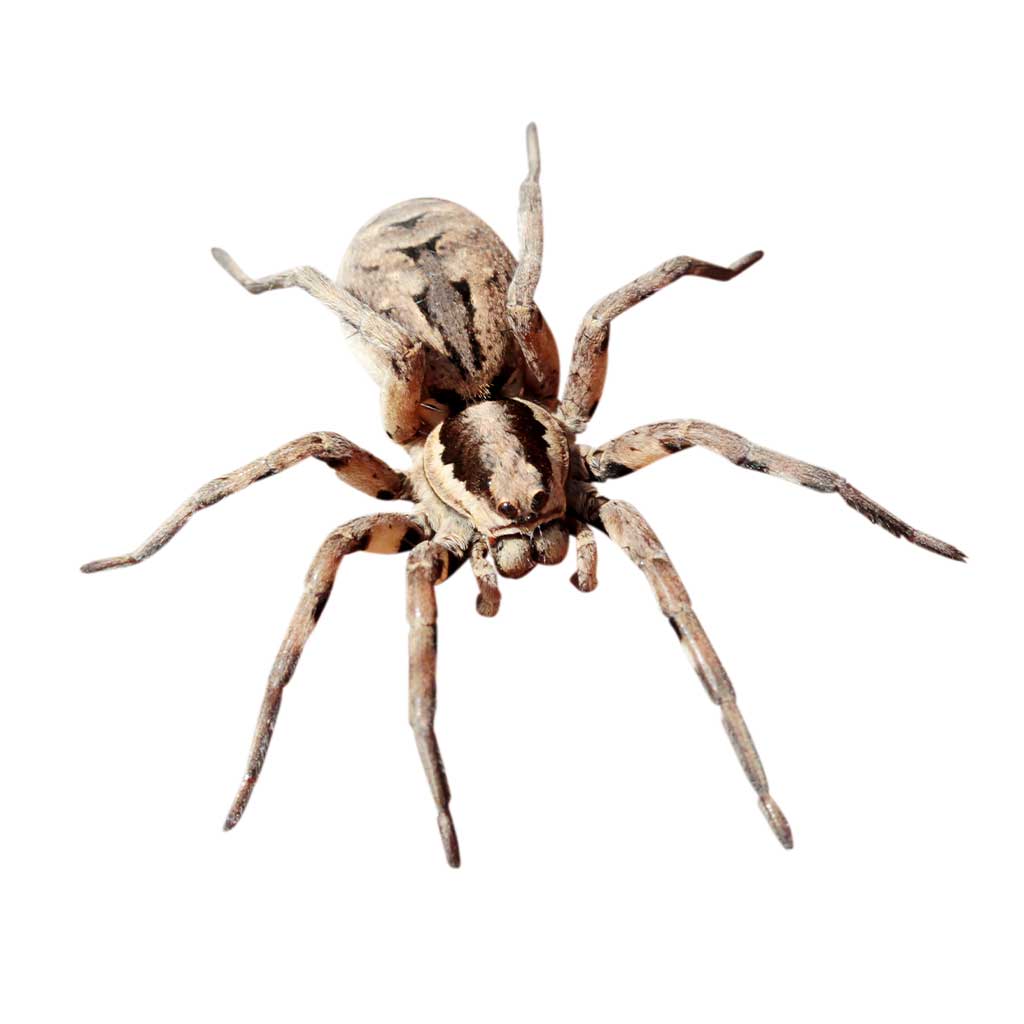
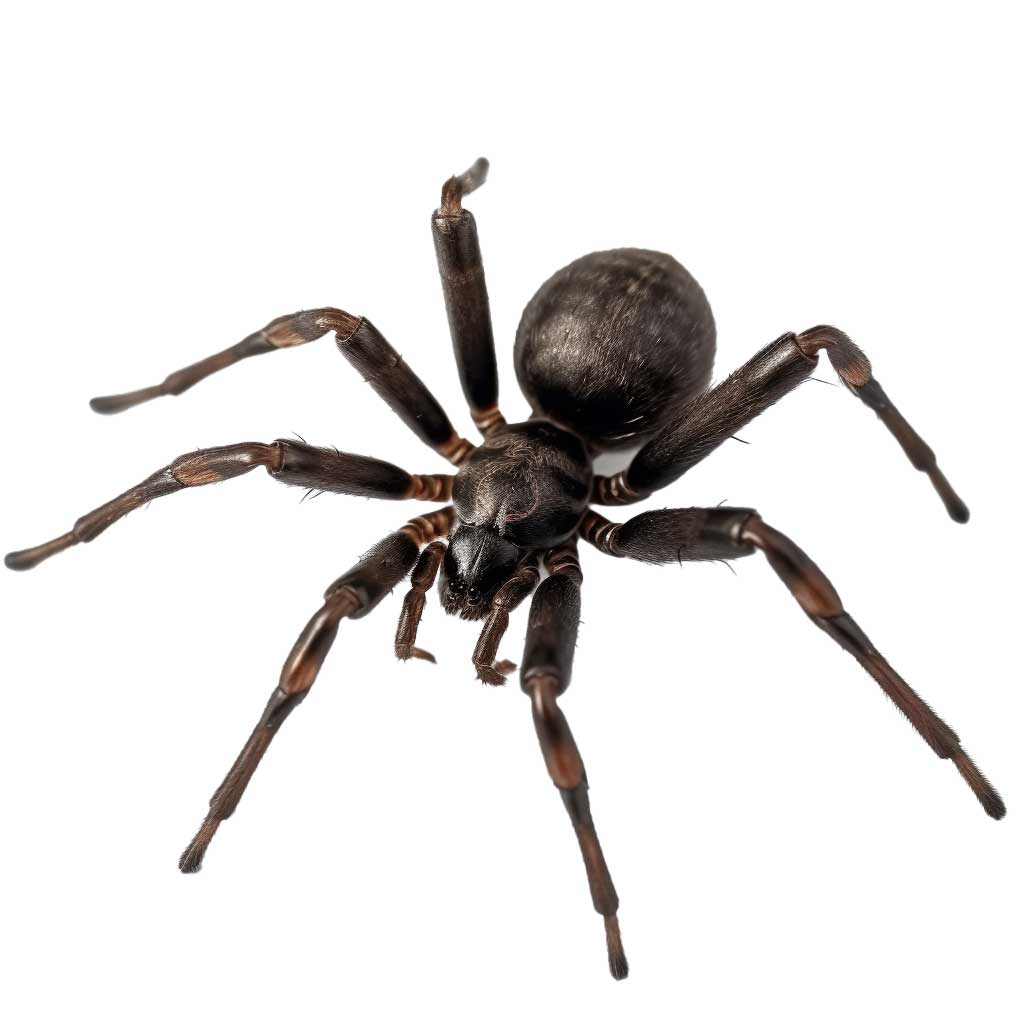
Identification: Female 15-18mm & Male 8-10mm- dark brown to deep black.
Habitat: A common Tasmanian spider, often found in brickwork, window frames, roof voids, subfloors, or even in clothing left on the floor or when a room has a lot of clutter.
These spiders weave unkempt, asymmetrical webs that are frequently discovered in cracks, crevices, and around windows and building eaves. The webs don’t have the same level of detail as some other spider species. These spiders eat mostly insects that get caught in their webs. Fly, mosquito, and other tiny insects drawn to light sources near buildings are known to be eaten by them.
Identification: Female 35-40mm & Male 15-25mm- large, flat spider.
Habitat: Often found in tree trunks, under stones and on the walls of houses. These spiders are also a natural barometer as often they are seen when the weather forecast indicates rain.
They are notable for their enormous size and unusual look; they are outstanding predators and are frequently observed chasing insects and other tiny arthropods. They do not create webs to catch prey, unlike some other spiders. Huntsman spiders benefit ecosystems by controlling insect populations. They are frequently regarded as natural pest controllers.
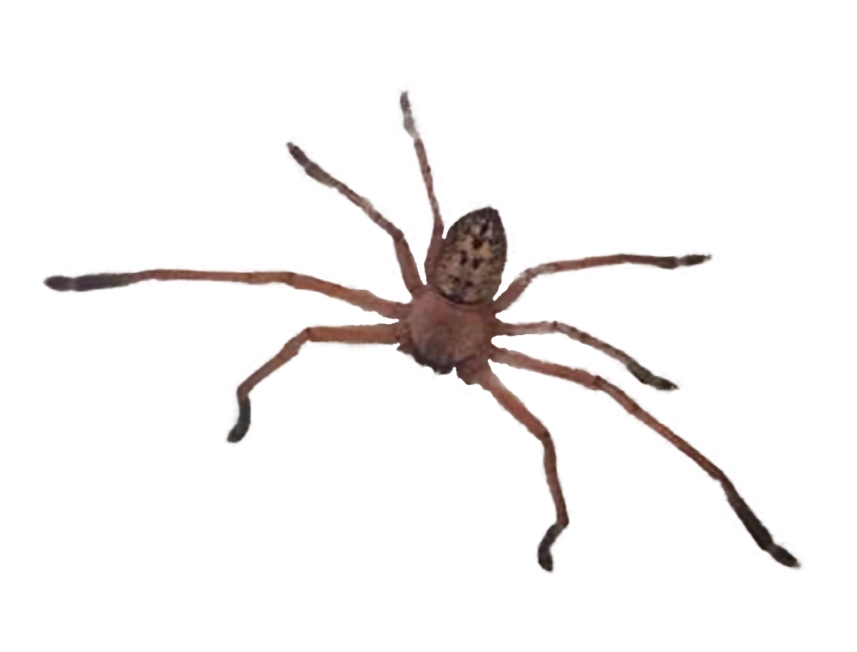
While many spiders are considered harmless, some varieties of spiders in Tasmania can have a serious impact on your business, home, and family. Some species of spider, like the Redback, pose a definite threat to the lives of families and pets and it is strongly recommended they are treated.
A redback spider bite can produce immediate local discomfort that can be severe and continue for hours or days. Swelling, redness, and itching is also frequent at the bite site. If you are bitten by a red back spider you should seek medical attention.
White-tailed spider bites have been linked to localised discomfort, swelling, and redness at the bite site. More severe symptoms, such as blistering, ulceration, and skin necrosis (death of skin tissue), have been recorded in certain cases. It is crucial to emphasise, however, that severe reactions to white-tailed spider bites are uncommon, and not all bites cause similar symptoms.
Spiders are carnivores that feed on insects and other small arthropods. If your property has a strong insect population, spiders will seek for a readily available food supply.
Many insects are drawn to artificial light sources such as outdoor illumination or inside lights. Spiders may be lured to these regions in order to collect the insects that congregate there.
Spiders like to build their webs and nests in quiet, dark areas. Attics, basements, and storage rooms are good places for spiders to make a home since they are cluttered and rarely used.
Numerous spider species are drawn to moisture. Some spider species may flourish in areas with dripping pipes, moist basements, and high humidity. Spiders may become more visible indoors at particular seasons when external circumstances become less favourable, such as during the winter.

Paula Clancy
Spider treatments involve using a Pyrethroid insecticide chemical that targets all species of spiders in your home. Technicians will treat the inside, outside, roof cavity, sheds, garages, and sub-floor area whilst specifically focusing on areas that may be prone to more activity. This treatment is extremely effective.
To keep spiders away, install fly screens, seal any cracks around windows and doorframes, light fixtures, ceiling fans, and vents. Maintain a clean and organised environment, minimising clutter in storage spaces where spiders may hide. Regularly remove spider webs, trim trees, and bushes, and have your home or business treated for spiders.
Please select residential or commercial then complete the required information.
